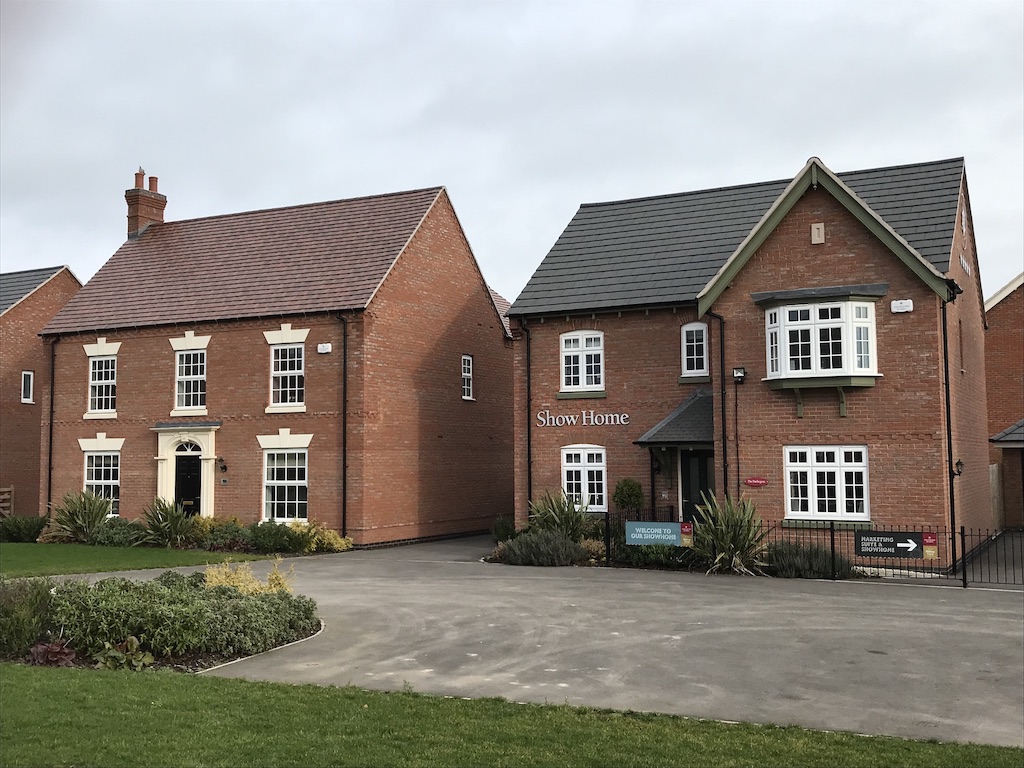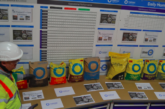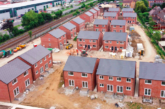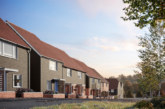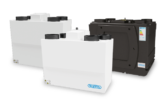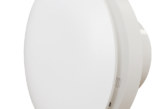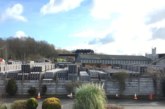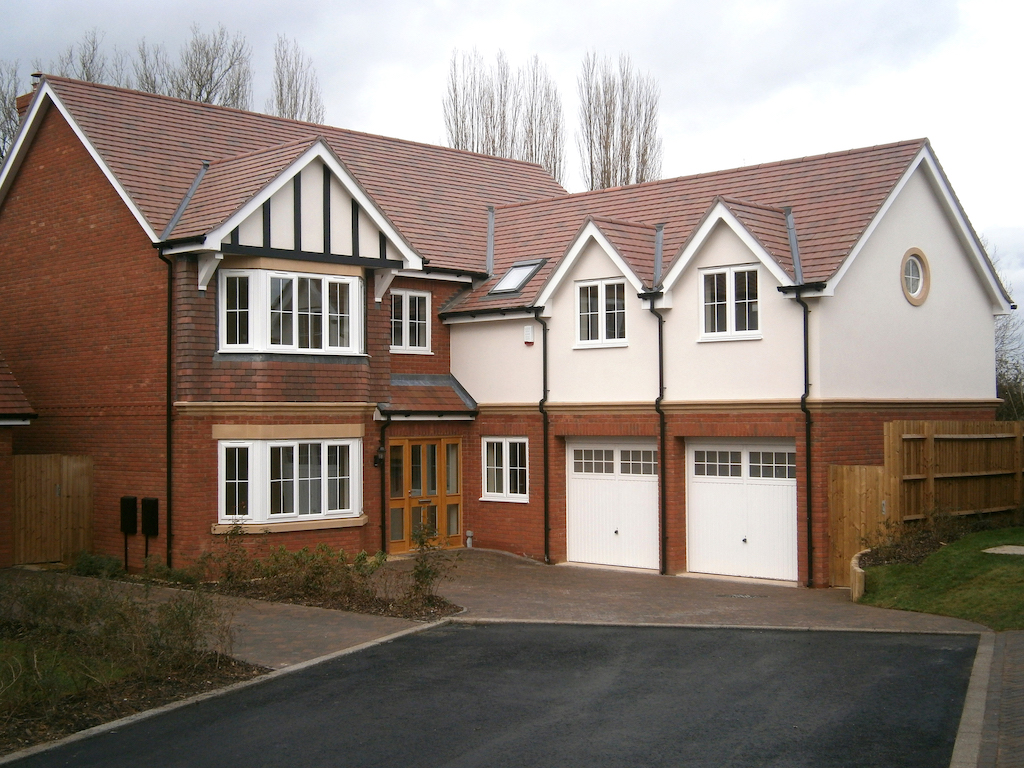
Chris Piper, Sales Director for Housing Developers at Ibstock PLC, which includes the Forticrete brand, discusses why developers should choose interlocking concrete tiles to increase on site efficiencies and overall build quality.
As a durable and lightweight alternative to natural clay plain tiles, interlocking concrete roof tiles provide an effective and affordable option to support professionals in achieving these aims, as they significantly increase the overall speed of installation, without requiring additional labour or resources.
Becuase the tiles are interlocking, only a single lap is necessary to ensure weather tightness. This substantially reduces the quantity of tiles required, whilst also effectively minimising the number of timber roof battens and roof trusses that must be fitted. The end result is an installation that is a third quicker to fit and offers cost savings of up to a third, when compared to plain concrete roof tiles. This enables developers to complete projects at a faster rate, without compromising the water tightness or longevity of the roof.
Equalling the same size as two standard plain tiles, Forticrete’s Gemini concrete roof tiles are double cambered to achieve the aesthetic appearance of a traditional plain tile, with just 16.3 tiles required per square metre, compared to 60 standard plain tiles. As Forticrete’s Gemini concrete roof tiles are constructed using Lafarge Cement’s SustainaCem, they also feature substantially reduced embodied carbon, providing professionals with a more durable and environmentally friendly tile that delivers improved longevity and minimises product waste.
Low pitch option
As interlocking concrete tiles can be laid to pitches as low as 22.5∞, whilst standard plain tiles can only be laid to pitches as low as 35∞, developers can achieve a faster rate of building across a diverse range of property types and styles.
Taking this one step further, additional interlocking concrete roof tiles, such as Forticrete’s Centurion range, can be laid on pitches as low as 10∞, for single storey features, such as the construction of porches and canopies. As the tiles are also interlocked, they further increase onsite efficiencies, even when working to such a low pitch.
Colour combinations
As both types of roof tiles are manufactured using the same high quality ingredients, a unified aesthetic can be achieved across the entire roof. Here developers can choose from popular traditional plain tile colours, such as mixed russet, slate or red, to effectively replicate the visual appeal of plain tiles, whilst significantly reducing the number of tiles required.
Traditional sandfaced tiles also feature subtle colour blends using red or grey palettes to reflect the aesthetic of older properties, making them the ideal choice for rural environments, particularly for developments where there may be stricter requirements as part of the planning process.
Accessories
Professionals should also work with manufacturers that offer a complete and complementary range of roof tiles and accessories, including dry fix fittings and ventilation systems. This not only effectively minimises lead times, but also ensures a perfect fit, as each element has been manufactured to be directly installed with one another. Because the materials are supplied by the same manufacturer, developers can also be confident the entire installation is backed by comprehensive warranty, to provide both themselves and potential occupiers with complete peace of mind that the property will continue to perform to the same high standards for years to come.
As the rate of building is projected to continue its upward curve throughout the remainder of 2021, developers can take a proactive approach to meeting these increased levels of demand, whilst simultaneously achieving the highest quality installation possible, by choosing interlocking concrete tiles and complementary roofing accessories.


